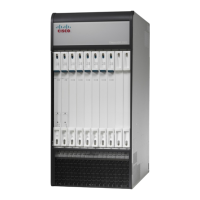Table 5: Environmental Compliance Standards
StandardType
Telcordia GR-63 Criterion [128]Acoustic Noise
Telcordia GR-63 Criterion [125]Airborne Contaminants, Indoor Levels
Telcordia GR-63 Criteria [126, 127]Airborne Contaminants, Outdoor Levels
Telcordia GR-63 Criteria [74, 76]Altitude
Telcordia GR-63 Criteria [110-112, 114, 115, 117,
119]
Earthquake Zone 4
Telcordia Technologies GR-1089-COREElectromagnetic Compatibility and Electrical Safety
Telcordia GR-63 Criteria [72, 73]Operational Thermal, Operating Conditions
Telcordia GR-63 Criteria [72, 73]Operational Thermal, Short-term Conditions
Telcordia GR-63 Criteria [69-71, 107-109, 124]Storage Environments, and Transportation and Handling
Telcordia GR-63 Criteria [77, 79]Thermal Heat Dissipation
Telcordia Technologies GR-1089-COREElectromagnetic Compatibility and Electrical Safety
FCC 47 CFR, PART 15, CLASS ARadiated Emissions (Electric Field)
ETSI EN 300 386 v1.4.1Electromagnetic Compatibility
ESTI EN 300 019, ETSI EN 300 753Environmental Conditions and Environmental Tests for
Telecommunications Equipment
Chassis Air Flow
Air flow within the ASR 5500 complies with Telcordia recommendations to ensure vertical convection cooling
of the system.
As shown in the figure below, the lower fan trays pull ambient air inward from the front and side intake vents
located near the bottom of the chassis. The air absorbs heat from system components as it passes over them.
The upper fan trays pull heated air up through the chassis and exhaust it through the side and rear exhaust
vents located near the top rear of the chassis.
ASR 5500 Installation Guide
18
Technical Specifications
Chassis Air Flow

